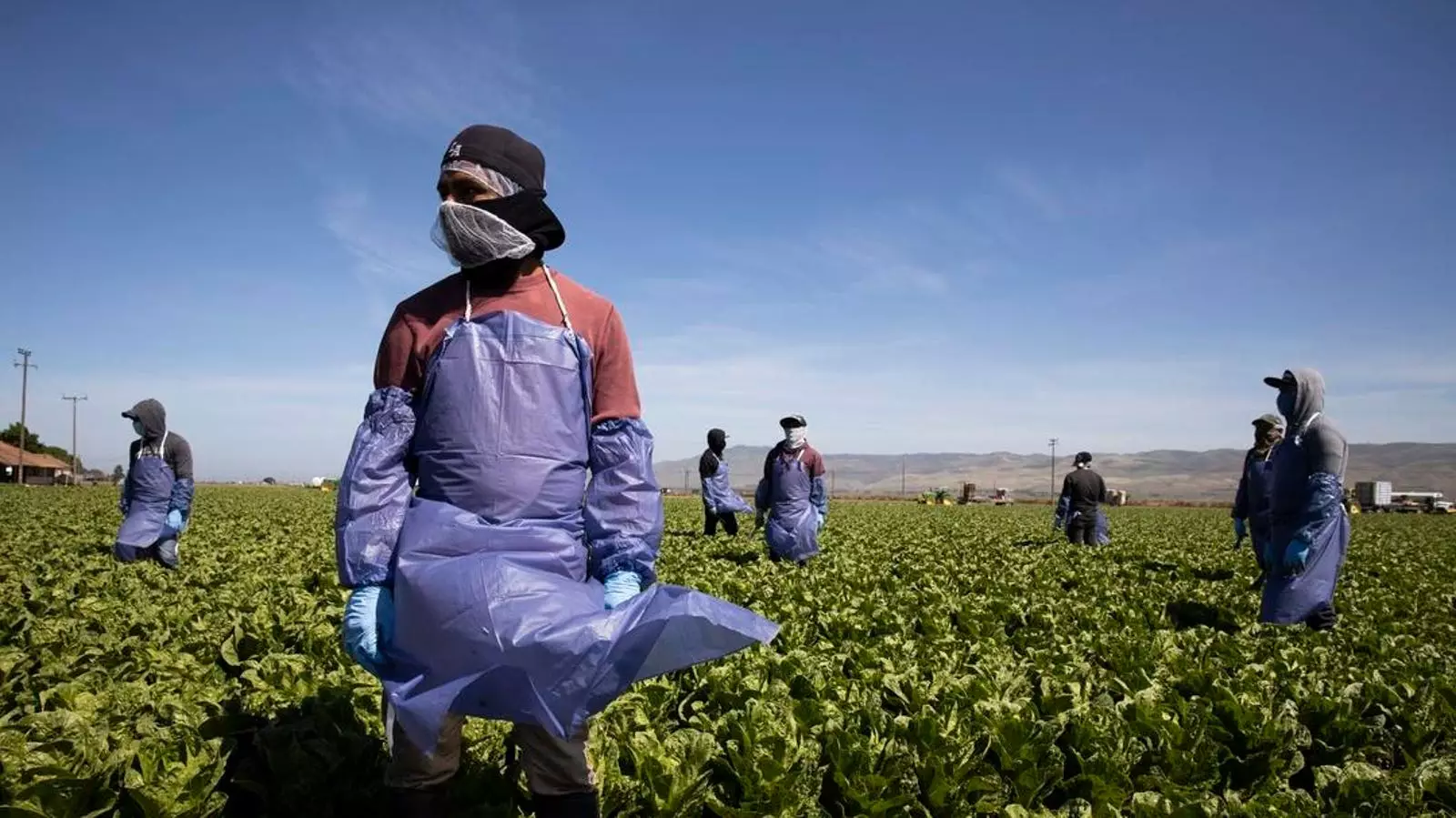In recent months, a contentious legal battle has erupted over a new Department of Labor (DOL) rule concerning H-2A visas, designed to facilitate the employment of temporary agricultural workers in the United States. The ramifications of this rule have sparked vehement opposition from various agricultural and business organizations, which argue that the DOL is unlawfully extending labor rights to H-2A visa holders, thereby disrupting established agricultural labor standards. This article delves into the crux of the lawsuit, the legal arguments presented by opponents, and the broader implications for the agricultural labor market.
On October 8, 2024, a group of plaintiffs filed a lawsuit against the Labor Department in the U.S. District Court for the Southern District of Mississippi. This legal action has garnered the support of significant agricultural entities, including the International Fresh Produce Association and the American Farm Bureau Federation. At the heart of their grievance is the assertion that the DOL is overstepping its statutory authority by applying sections of the National Labor Relations Act (NLRA), which traditionally exclude agricultural workers, to H-2A visa holders. The plaintiffs contend that this represents an inappropriate extension of labor relations standards that Congress intentionally designed to avoid.
The DOL’s new rule, published on June 28, 2024, outlines expectations for employers regarding worker protections and non-discrimination for activities related to self-organization. Specifically, the rule mandates assurances from employers that they will not intimidate workers engaged in discussions about wages or working conditions. However, within the agricultural sector, many view this as an unwarranted encroachment into the operational autonomy of farm employers.
The lawsuit challenges the DOL’s reliance on the Immigration Reform and Control Act of 1986 to justify its new regulations. The plaintiffs argue that by framing the rule under immigration law when it resembles aspects of labor law, the DOL is ignoring established legal boundaries. They assert that the agency cannot impose such affirmative labor protections as it lacks explicit authorization to do so from Congress. This interpretation sets the stage for a broader discussion about the jurisdictional reach of federal agencies over agricultural labor practices, and the implications for farmers who rely heavily on H-2A workers.
The plaintiffs also maintain that the rule violates First Amendment rights by limiting the ability of employers to communicate freely with their employees. Past rulings have underscored the importance of employer speech in labor relations, creating heightened concern amongst industry representatives that this rule unduly constrains their operational communications.
Proponents of the rule argue that the changes provide necessary protections to a vulnerable workforce, ensuring that H-2A workers can engage in discussions about workplace conditions without fear of reprisal. However, opponents argue that by imposing these additional layers of regulations, the DOL may inadvertently stifle the use of H-2A visas, which have historically played a critical role in reducing illegal immigration through the lawful employment of foreign workers.
Data from the State Department illustrate the substantial rise in H-2A visas from 37,149 in FY 2006 to 310,676 in FY 2023, coinciding with a significant decline in unlawful border crossings by Mexican nationals. Industry stakeholders warn that placing severe restrictions on H-2A employment could reverse this trend, escalating illegal immigration by pushing employers to seek undocumented workers as a workaround to labor shortages.
Leaders in the agricultural community have voiced urgent concerns regarding the economic ramifications of the DOL’s rule. Jon Baselice, vice president of immigration policy at the U.S. Chamber of Commerce, has characterized the rule as burdensome and detrimental to farmers’ ability to meet workforce needs. His statement reflects a broader unease among agricultural producers, who fear that the DOL’s actions could undermine their operational efficiency and profitability in an already complex labor market.
Ken Fisher, president and CEO of AmericanHort, echoed similar sentiments, emphasizing that the DOL’s approach constitutes regulatory overreach that could severely inhibit employers’ ability to communicate directly with their workforce regarding important labor matters.
The ongoing litigation against the DOL’s new H-2A rule has revealed deep divides within the agricultural sector regarding worker rights, legal interpretations, and the operational frameworks of farm employers. As the legal battle unfolds, the outcomes could reshape labor relations within the agricultural field and influence the delicate balance between protecting workers and preserving the economic viability of farming operations. The stakes are high, as both legal precedents and agricultural practices hang in the balance. Ultimately, the resolution of this dispute will have significant implications for how labor rights are understood and enforced in the context of the U.S. agricultural industry.


Leave a Reply